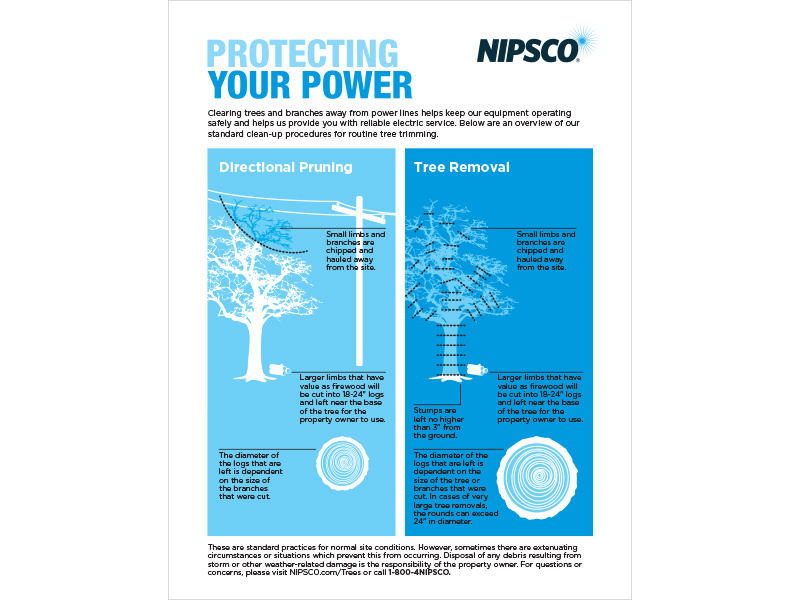Post-Tree Removal Treatment: Efficient Techniques For Landscape Repair
Post-Tree Removal Treatment: Efficient Techniques For Landscape Repair
Blog Article
Write-Up Developed By-Wilcox Cho
After a tree's removal, your landscape might look fairly different, and it's vital to assess the consequences thoroughly. You'll intend to review the soil disturbance and examine bordering plants for any indicators of tension. Disregarding these elements can lead to larger issues down the line. So, what should you perform with those stumps and origins? And just how do you select the most effective plants for your rejuvenated area? Let's discover these essential steps.
Examining the Results: Reviewing Your Landscape
After a tree removal, it's vital to evaluate your landscape to recognize the effect it has on your yard.
Beginning by examining the location where the tree stood. Try to find try this web-site of soil disturbance, and inspect the bordering plants for any anxiety or damage.
You should likewise remember of how the elimination has changed sunlight direct exposure and air flow in your garden. This shift can impact the development of neighboring plants, so it's important to assess their wellness.
Take into How To Trim A Crepe Myrtle Tree may develop an open space that you can redesign.
Finally, think about any kind of possible erosion problems that could emerge from the tree's absence. Attending to these aspects early will assist restore equilibrium to your landscape.
Taking care of Stumps and Roots: Options for Removal
As soon as you have actually assessed the results of the tree elimination, you'll likely require to tackle the stump and origins left behind.
You have a couple of options for elimination. One effective method is stump grinding, where a specialist makes use of a maker to grind the stump to underground level. This strategy leaves minimal disruption to your landscape.
If you choose a do it yourself technique, you can make use of a combination of excavating and chemical stump cleaners. Just bear in mind, this process can take some time and initiative.
Conversely, think about leaving the stump as an all-natural feature, which can work as an unique yard aspect or habitat for wildlife.
Whatever you pick, resolving the stump and roots is necessary for restoring your landscape.
Picking the Right Plants for Your New Space
As you examine your newly cleared space, choosing the right plants can significantly boost your landscape's beauty and functionality.
Start by taking into consideration the sunlight and dirt conditions. For warm areas, choose drought-resistant plants like lavender or succulents. In shaded spots, brushes and hostas thrive well.
Consider the dimension and development routines of your plants; mix perennials and annuals for seasonal range. Don't neglect to integrate indigenous species; they need much less upkeep and support local wild animals.
Team plants in odd numbers for a much more natural appearance and produce layers for visual depth.
Lastly, guarantee you have a mix of shades and structures to keep your landscape vibrant throughout the seasons.
Happy planting!
Verdict
Finally, restoring your landscape after tree elimination is a satisfying process. By evaluating the results, attending to stumps and roots, and picking the right plants, you'll create a growing setting. Do not neglect to incorporate disintegration control steps to secure your dirt. With a little effort and care, you can change your room right into a lively yard that enhances your building. Welcome the possibility to revitalize your landscape and enjoy the appeal of nature right in your backyard!
